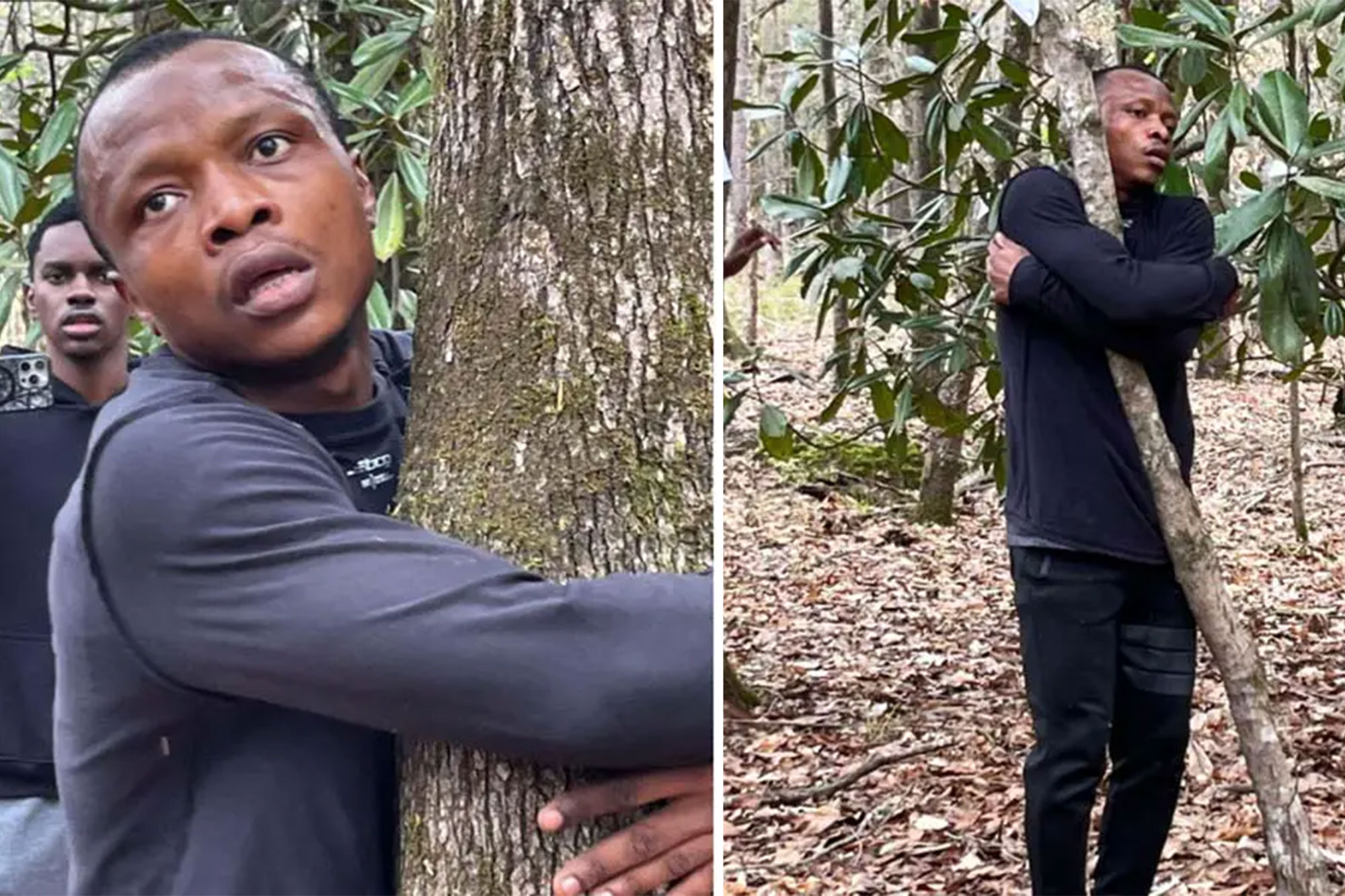
It was an unbe-leaf-able feat.
An environmental activist took his arboreal love to the next level when he hugged 1,123 trees in just one hour.
Abubakar Tahiru, 29, tore through the Tuskegee National Forest in Alabama to set the Guinness World Record for most trees hugged in the 60-minute timeframe, the record-keeping organization announced Friday.
That means the Ghana native averaged 19 tree hugs per minute.
“It’s important to me to inspire the youth in Ghana, especially those from less privileged communities like the one I grew up in, showing them that it’s possible to rise above challenges and make a significant impact,” Tahiru said.
The record attempt required that Tahiru — who is pursuing a master’s degree in forestry at Auburn University — wrap both arms “around a tree in a close embrace”
The arbor-lover could not hug the same tree more than once, or cause any damage to the saplings — otherwise, the attempt would face disqualification.
Tahiru, however, moved through the national forest with ease by allowing about three seconds per tree.
The accomplishment was made even more impressive when Tahiru revealed he was fasting for Ramadan and couldn’t consume any water during the tiring expedition.
“Not being able to drink water throughout the attempt posed a significant challenge, especially given the physical exertion required,” Abubakar said.
“However, this also proved to be helpful in a way, as there was no need to pause for water breaks, allowing me to continue the attempt uninterrupted from start to finish.”
The sacrifice ultimately proved well worth it — Tahiru demolished the previous record of 700 trees hugged.
“Achieving this world record feels incredibly rewarding,” he said, adding that he set out for the record to raise awareness of the importance on the environment.
“It’s a meaningful gesture to highlight the crucial role of trees in our ecosystem and the urgency of environmental conservation.”
For his next adventure, Tahiru plans to deepen his involvement in forestry by working on the development of sustainable practices and by collaborating with environmental organizations to promote sustainable projects.














